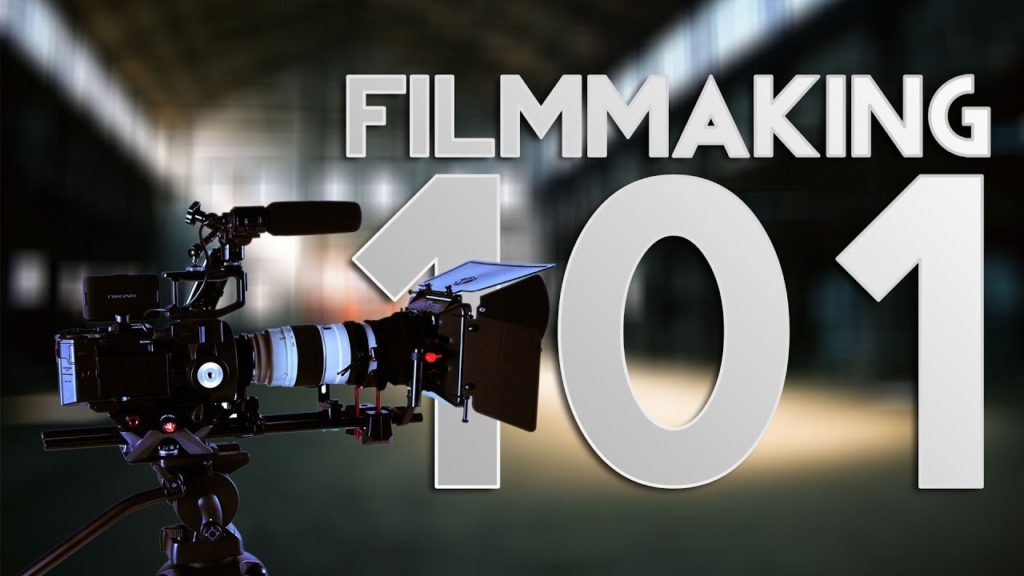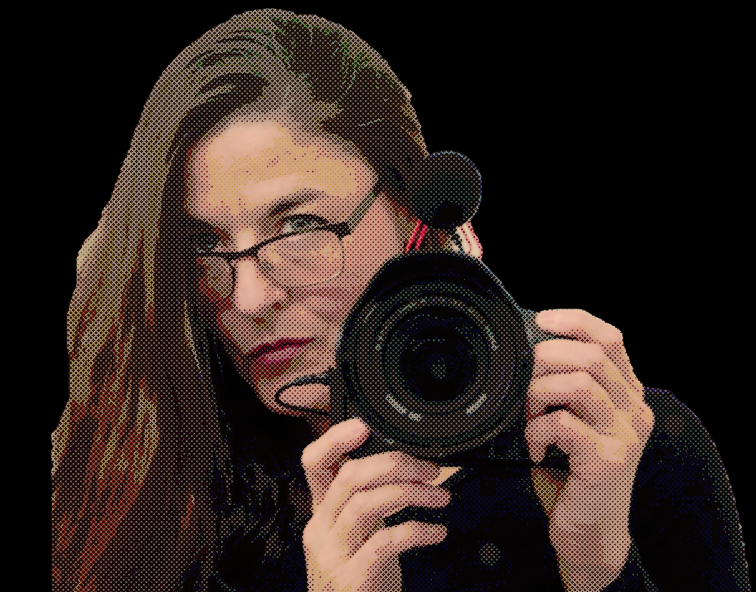
I’ve been dabbling in film editing for a while but only recently decided to get serious about it, even going so far as to apply to film school! (As of the writing of this post, I still don’t know if I’ve been accepted to Emerson College in Boston; I’ll update later)
Though I’ve just begun learning with the goal to reach professional-level, I can tell you the very basics of what it takes because like most things in life, learning the basics of something isn’t that hard. It’s mastering those basics that’s the real challenge.
So if you wanna start making films, this is what you have to do:
Step 1: Learn how to tell a story
Luckily, I have this one in the bag! Storytelling is the same anyway you do it, the biggest difference being the medium within which you do it. In fact, if you peruse the “How to Write a Book” section of this website, you’ll learn how to tell a story. This is the very first thing you absolutely need to do, because that’s the whole point of making a film, save for the artsy-fartsy stuff or demo reels.
Step 2: Find a camera – any camera – and learn how to use it
You don’t need an expensive camera to make decent videos; it’s all about how well you can use what you’ve got. When you’re first starting out, use either a camera you already have or borrow one from somebody. Learn how to manually adjust the aperture, zoom, ISO, and white balance, how to switch between frame rates, data modes, and shutter speeds, how to switch between lenses (if you have more than one), and any of the camera’s quirks. Take little practice videos until it becomes second nature.
Step 3: Learn the basics of cinematography
This step goes hand-in-hand with step 2 since you can practice your cinematography skills at the same time you practice using your camera. You can start learning cinematography on your own by watching a bunch of YouTube videos about it, then taking your own footage to see how it works. Learn how to frame a shot, how to move the camera, the utility of different camera settings, and what different lenses do. Lighting is a big part of cinematography, so watch some videos on that, too; the difference between a well-lit and a poorly-lit video is huge. You could also roll audio into cinematography since good and bad audio also has a huge impact on a film, but that’s harder to learn unless you actually have audio equipment (a camera’s internal audio recording capability is generally not good, even on an expensive camera, but if that’s all you’ve got then it’s all you’ve got). So to begin with, focus on learning the basics of shot composition and lighting.
Step 4: Learn the basics of video editing
There are several video editing software options that are the industry standard: Adobe Premiere Pro (what I use), DaVinci Resolve, Final Cut Pro, and Avid Media Composer are a few. However, the pro options all require monthly subscriptions. You may want to start with free options like iMovie just to get the hang of how it works. All video editing software function off the same basic principles, so if you learn one it’s not hard to translate those skills to another. Learning how to edit will also help you with your cinematography, because once you know what you’re capable of doing in a video editor, you can set up your shots to achieve it.
Step 5: Start making films
Just like writing, the only way to get better at making films is to actually do it. Start with making very short films that are a few seconds to a few minutes long – sometimes called shorts or micro-films. Use dolls and other inanimate objects if you have to. Once you’ve got the hang of that, ask a few friends and family to be in your short videos so you can practice directing and filming actors.
I would include a step for learning how to write a script, but a script isn’t strictly necessary to filmmaking like the other steps are. You only need to learn scriptwriting if you’re planning on going pro. If you want to learn how to write a script anyway, pick up a how-to scriptwriting book such as The Screenwriter’s Bible, get access to some scriptwriting tools such as StudioBinder, and read some scripts on the Internet Movie Script Database to see what pro-scripts look like.
And there you have it! See, making a movie is really not that hard. Making a GOOD movie is the hard part, and that takes study and practice.
